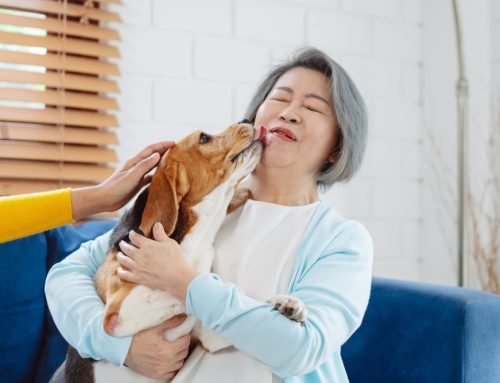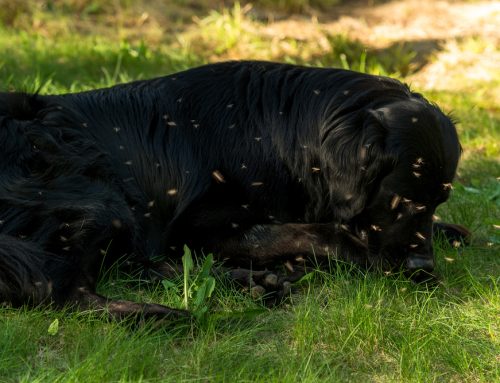 If you’re trying teach your pet a new trick, routine, or behavior, you’ll first need to understand the way your pet communicates.
If you’re trying teach your pet a new trick, routine, or behavior, you’ll first need to understand the way your pet communicates.
Learning a new language can be tricky at first, but when trying to decipher what your dog is saying with those pinned-back ears or expressive eyebrows, there are a few common denominators among the species. Although your pet is definitely unique in his or her attempts to make you comprehend certain, shall we say… motivations (did somebody say squirrel?), pet body language is somewhat similar across the board.
Follow along on our dog body language guide to maybe even learn some new tricks yourself.
Dogs Will Be Dogs
There are many important emotions conveyed directly through your dog’s body language, but we’ll start by focusing on just a few. Ranging in intensity, all of the following employ the entire body to communicate:
Happiness – You probably know very well that when your dog is feeling happy, his or her tail wags accordingly. Additionally, you may see panting, lying down with one paw tucked underneath the body, thumping tail on the floor or ground, and a play bow. These are all signs that your pup is happy, interested in play, or wants attention.
Anxiety – Your dog may express anxiety by pinning back his or her ears, or tucking the tail between the legs. Your dog may also pull back the lips, similar to a smile, in a gesture called the submissive grin. He or she may act distracted or overly excited and will sink the head low, keep the upper torso close to the ground and may even unexpectedly go potty. Anxious dogs can also act unpredictably; it’s best to keep a close eye on the half moon eye, also known as the “whale eye”, and other expressions of dog body language, like aggression (see below).
Interest – When the ears are forward, and the mouth is closed, you will know that your dog is receptive to something positive (squirrel! peanut butter! ball!). His or her body will most likely be tensed up and the eyes are highly focused. A quick look at the tail will show either deliberate, slow wagging or none at all. It’s best to allow your dog to follow through with the body’s action, and not confuse or muddle his or her energy with physical contact.
Aggression – This is a complex and often frightening emotion to navigate through. If you hear your dog growl, snap, snarl, bark, and bite, you may need to invest in behavior training. You may see your dog’s body become stiff, with curled lips revealing his or her teeth. The head is typically held very low, and the eyes are never far off of you, or the one under possible attack. Dog aggression has the potential for injury to you, family members, other pets, and wild animals, and should be dealt with right away, so issues don’t get worse. Contact us, and we’ll refer you to the right professional.
The Truth In Dog Body Language
Your dog’s emotions are expressed directly through his or her body language, but so are your’s. Your dog relies on your physical signs in similar ways to know what to do and what’s expected from him or her. Similarly, you can help your dog deal with frightening experiences by being aware of acknowledging the signs apparent in his or her body language. Reading dog body language and reacting accordingly will build trust and a deeper understanding.
Please let us know if you have trouble interpreting dog body language; we are always here to help your pet!






